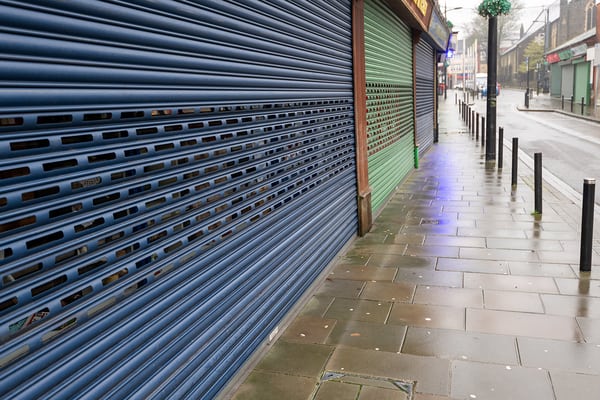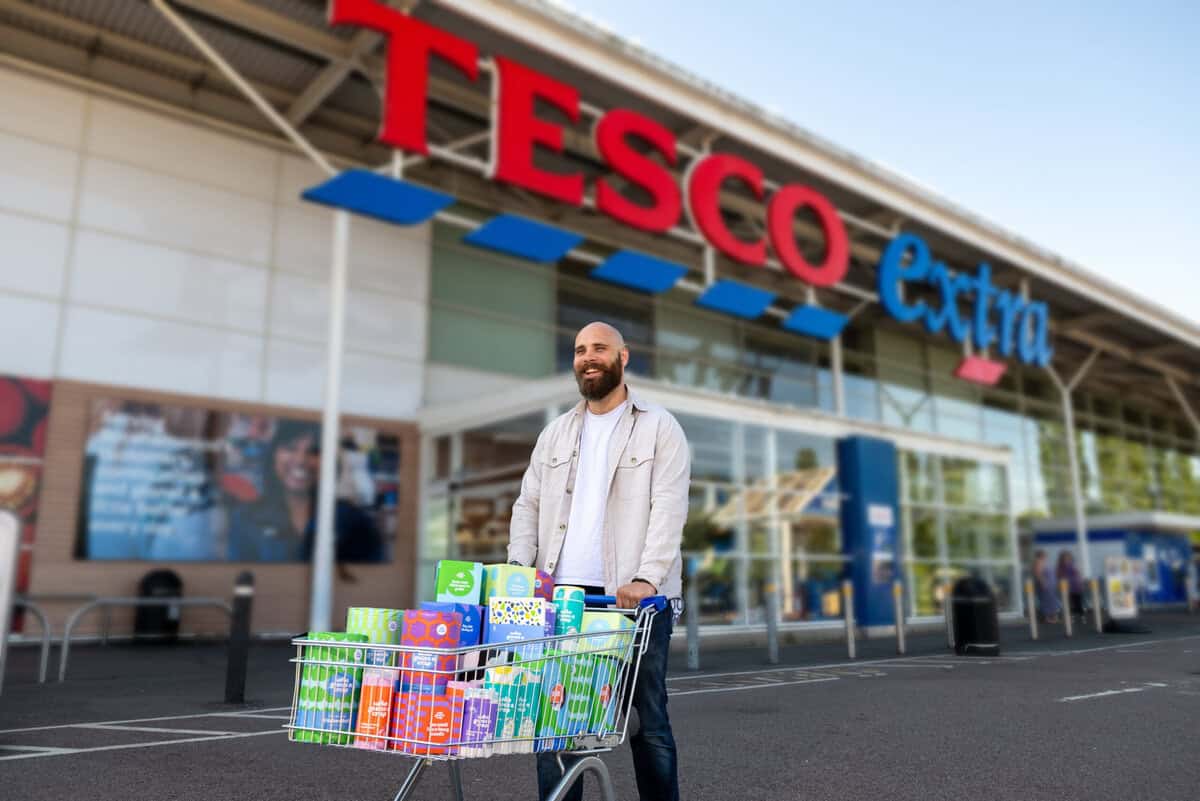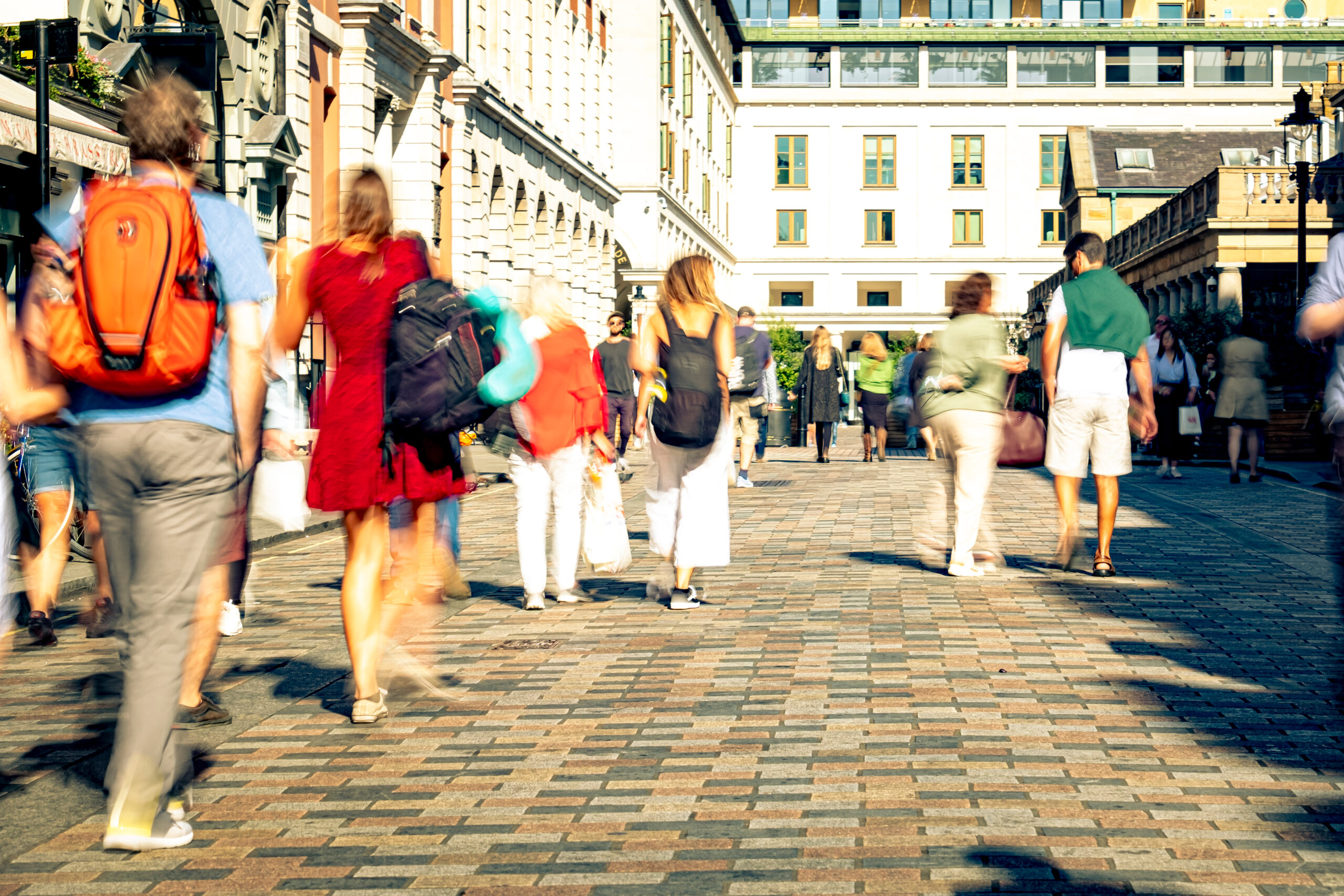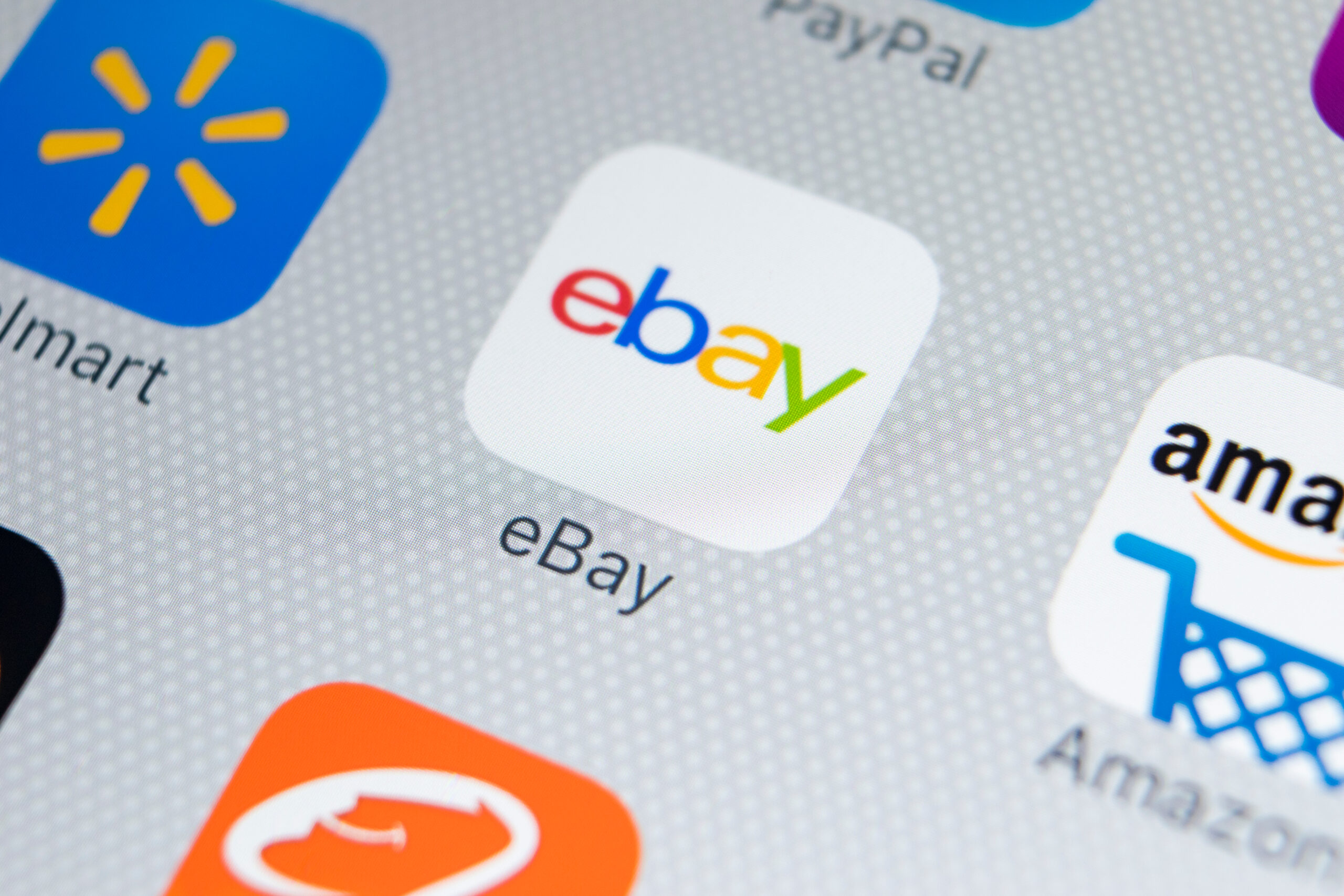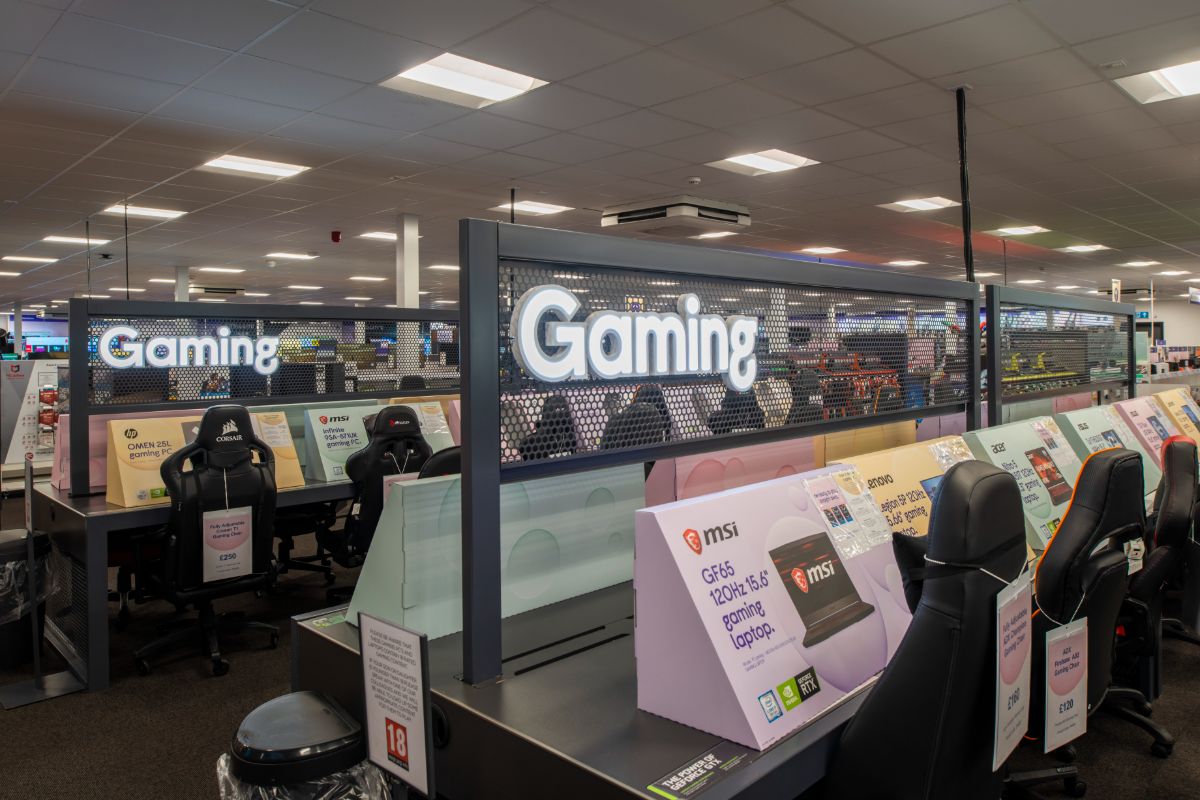Online sales continued to grow quickly during March, the final month of lockdown 3.0. The British Retail Consortium (BRC) says almost 60% of sales were online during the month. It has now taken the decision to compare last 2021 figures with 2019, given the disruption of 2020.
IMRG, which is continuing to compare 2021 figures with those of 2020, says that in March, online sales were 71.7% up compared to the same time last year.
The two also look ahead to what lies ahead at the end of lockdown 3.0.
Almost 60% of UK retail sales online in March: BRC
Almost 60% of UK retail sales took place online in March, according to the latest figures from the British Retail Consortium (BRC). A year earlier, 43.3% of UK retail sales were online.
That reflects fast ecommerce growth – online sales were 94% up in March, when compared with sales in March 2019. The BRC has taken the decision to compare its 2021 figures with 2019 because of the turbulence that characterised 2020. It found that total sales grew by 8.3% in March, compared to the same period in 2019, and by 8.4% on a like-for-like (LFL) basis that strips out the effect of store openings and closures.
Helen Dickinson, chief executive of the BRC, says: “As we pass the one-year anniversary of the first lockdown, the retail industry has generally remained strong, despite numerous challenges. 2020 was a year like no other, with panic buying followed by a sharp decline in consumer spend, and then the first national lockdown which resulted in erratic retail sales.
“This makes a direct comparison challenging, so for a truer indication of where the industry stands, we changed our year-on-year comparisons for a two-year, pre-pandemic comparison period. March 2021 saw an 8.3% increase in spending compared to March 2019, which was largely driven by grocery spending. However, the majority of categories remain in decline, and fashion and footwear remain the hardest hit. Meanwhile, with many stores still closed, online purchases reached the highest on record, particularly for TVs, gaming consoles and laptops.”
In the three months to March, in-store sales of non-food products declined by 44.4% in total, compared to the same period in 2019, and by 44% LFL. Over the same period, food sales grew by 11.6% in total and by 14.7% LFL.
Although overall sales are up, the BRC says that out of 13 categories tracked, eight are still in “significant decline”. Spending on food, computing and home appliances is up, but spending on fashion and beauty is still well below pre-pandemic levels, with sales at least 10% down in both categories.
Paul Martin, UK head of retail at KPMG, says: “One year on from our first national lockdown the retail sector has changed dramatically, but remains remarkably resilient. March last year was a real anomaly and unlike anything we have seen before, with queues of consumers panic buying items and images of empty shelves across our media. Whilst a direct comparison of March 2021 with the previous year is therefore difficult, comparing retail sales of March 2021 to March 2019 reveals total sales have grown by 8.3%, despite the challenges of the last 12 months. In that context last month saw historic growth rates in online sales, with some categories like Men’s and Children’s clothing and Furniture reaching triple digits. This is testament to how retailers, many of which have spent much of the last year with their doors closed, have embraced trading through lockdown via digital platforms.
“As we enter the next stage of the government’s roadmap to recovery this month, high streets across the country will be hoping that pent up demand from consumers will be released and cash registers will start to ring again. Government support packages will provide some relief to struggling retailers until after the summer, but conditions will continue to be incredibly challenging as they face thinner margins and rising costs. All hopes of a strong recovery now rest on consumers feeling more confident to move away from their homes and hitting the high street to browse the stores that have been out of bounds for months.”
Online sales up by 71% on last year: IMRG
Online sales grew strongly in March 2021, compared to the same time last year, says the IMRG. The etail trade association says that almost all categories saw positive results, although there were still signs of a slowdown in areas including electrical and health and beauty – and, markedly, in sales of beer and wines (-6.7%), which were lower than they were last March, when lockdown 1.0 started – despite being very strong over much of the last year. There was a striking recovery for sales of clothing (+75.9%), as shoppers prepared to return to meeting people face to face. The figure, however, must be measured against a fall of 18.9% in the category last March.
Sales of electricals (+78.5%) were less stellar than the high of 206.6% seen during the year, while health and beauty sales (+46.5%) are less high than previously. But online sales of garden products (+120.3%) are building still further on growth of 224.6% last March, as shoppers meet people in their gardens and prepare for sunnier weather.
Lucy Gibbs, managing consultant – retail insight at Capgemini, says: “March continues to demonstrate strong overall online growth at +71.7%, however as we pass the anniversary of the first UK lockdown, the trends from the last 12 months have started to reach a turning point. Beers and wines was one of the initial categories to benefit, up +105% YoY in March 2020 but down -6.7% this year. In contrast, the clothing sector dipped to a record low in March last year (-18.9%) but this month all the clothing categories have reported the strongest growth in the last 5 years, up +75.9% overall. Not only is the comparator for clothing low, but sales will have also been boosted by new season releases, combined with a cautiously optimistic emergence from the latest and longest UK lockdown.
“As speculated, we are likely to continue to see a reversal of some of the recent highs and lows against an unprecedented year of category swings in 2020. This will be good news for the sectors which were hardest hit last year, and as stores open alongside an increase in consumer confidence this will hopefully provide a boost in overall spending, with an expectation that online will remain central to our shopping habits.”
What happens next?
In March 2020, most retailers were closed as a result of lockdown 3.0. That changes this week as non-essential shops are now able to reopen across much of the UK. The coming months, says the BRC’s Helen Dickinson, will show who can survive lockdown – and the wider shift to online shopping.
“Despite some product ranges trading well, the next six months will be make or break for many retailers,” she says. “Over the past three lockdowns, non-food retail stores have lost £30 billion, so many retailers will be relying on growing consumer confidence, and a return to town and city centres to fuel their recovery. Retail businesses have spent hundreds of millions making their stores Covid-secure, so customers can feel safe and confident whilst shopping. We remind people to be considerate and respectful of other shoppers and hard-working retail staff so we can all safely enjoy our nation’s return to its stores.”
Similar challenges look likely for online retail.
Matthew Walsh, director of data and retail at IMRG, says: “Online retail is poised for turbulent months ahead as lockdown restrictions ease and social plans become reality. That said, the ‘unlocking’ of physical stores had little immediate impact on the online retail market last year – in fact, we saw a one-month gap between the reopening of non-essential high street shops and restaurants/bars. It was only once bars opened and the ‘Eat Out to Help Out’ scheme arrived that online growth started to fall.
“A similar one-month gap could be expected for 2021, with the high street due to open this month. It will certainly be interesting to find out if pent up demand changes the trading balance or if we will see online retail have breathing space until May.”
